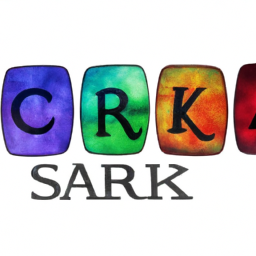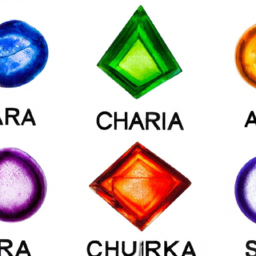
The Fascinating History of Chakras
If you’ve ever taken a yoga class or have an interest in spirituality, you’ve likely heard mention of the word “chakra”. But what exactly are chakras and where did they come from? The history of chakras is a long and complex one, spanning centuries and multiple cultures. Let’s dive into this fascinating topic and discover the evolution of chakras throughout history.
Origins in Ancient India
The earliest known mention of chakras can be found in ancient Indian texts, specifically in the Vedas which date back to 1500-1000 BCE. The Sanskrit word “chakra” translates to “wheel” or “circle” and refers to energy centers in the body. These texts describe the chakras as spinning wheels of energy located along the central axis of the body, from the base of the spine to the crown of the head.
The concept of chakras was further developed in later texts, such as the Yoga Upanishads and the Yoga Sutras of Patanjali. These texts described the chakras as not only physical energy centers, but also as metaphysical and spiritual aspects of the self. They believed that by balancing and activating the chakras, one could achieve spiritual enlightenment and a deeper understanding of the self.
Chakras in Buddhism and Tibetan Culture
The idea of chakras also made its way into Buddhist teachings. In Tibetan Buddhism, there are five chakras located throughout the body, each representing a different element and emotion. These are known as the Five Dhyani Buddhas and are associated with different colors, mantras, and meditations.
Tibetan medicine also recognizes the importance of chakras in maintaining physical and emotional well-being. They believe that imbalances in the chakras can lead to illness or disease, and thus use techniques such as meditation, acupuncture, and yoga to restore balance and harmony.
Chakras in Traditional Chinese Medicine
Traditional Chinese Medicine also recognizes the concept of chakras, although they refer to them as “dantians” or “elixir fields”. These are focal points of energy located along the meridians of the body, which are pathways through which energy or Qi flows. Balancing and activating these dantians is an essential part of Chinese medicine to promote overall health and well-being.
Modern Interpretations
In the 20th century, the concept of chakras gained popularity in the west, particularly through the work of renowned theosophist and writer, C.W. Leadbeater. His book, “The Chakras”, was one of the first comprehensive explorations of the topic in the western world. Since then, there have been many books, classes, and workshops dedicated to chakra healing, and the concept has become widely accepted in the spiritual and wellness communities.
Today, chakras are often represented as colorful, spinning wheels of light, each associated with a specific color, sound, and characteristic. They are believed to correspond to different areas of the body, such as the heart, throat, and third eye, and are associated with various emotions, qualities, and spiritual lessons.
Conclusion
The history of chakras is a rich and diverse one, influenced by various cultures and belief systems. The concept has evolved over time, from its origins in ancient Indian texts to its modern interpretation in the western world. Whether you believe in the existence of chakras or not, their symbolism and teachings can offer valuable insights into the connection between the mind, body, and spirit.
So the next time you hear about chakras in a yoga class or read about them in a spiritual book, you’ll have a better understanding and appreciation for the ancient history behind these energy centers.





Fascinating! Wow, this looks really interesting!
‘Incredible how much we still have to learn about chakra energy!’
Very informative and insightful article!